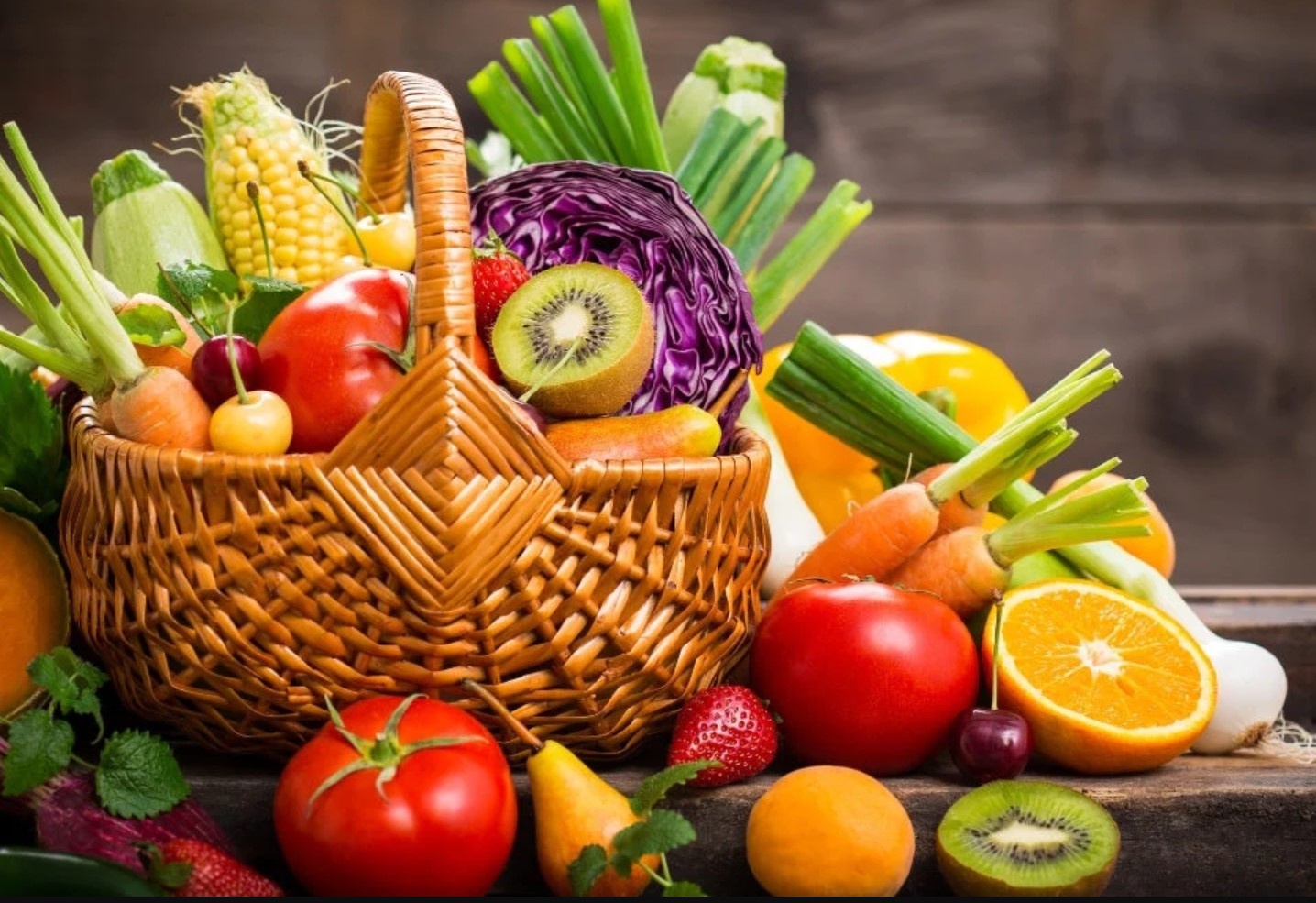Growing vegetables indoors: Tips for Year-Round food production
Why would anyone want to grow vegetables indoors? Many people don't own any ground outdoors. Living in an apartment without a patio or balcony may limit what you can grow on your window sills. But even if you have a large garden, growing indoors is still great to provide some fresh vegetables during the winter months.
Growing vegetables indoors is similar in many ways to traditional outdoor vegetable growing. It's important to provide plants with plenty of sunlight and nutrients. They also need to be kept relatively warm, which shouldn't be too much of a problem, since they do pretty well at temperatures most of us prefer.
Unless you have some kind of built-in indoor vegetable garden (which would make you the envy of gardeners everywhere) you'll be growing your veggies in containers. Use whatever containers you have or can find. All you need is something to put the soil mix in that will allow the excess water to drain out. Of course, your plants need containers that are big enough for them, so use proportionate sizes.
Since you (hopefully) won't have rainfall inside your home, you'll need to water your plants. The trick is to keep the soil moist, but not saturated. It takes a little practice to get it just right. Don't worry, most plants can handle a little less than ideal conditions while you're on the learning curve.
The final consideration to make you aware of is that many plants are naturally pollinated by bees and other insects, which you (again, hopefully) will not have flying around in your home. Pollinating the plants yourself isn't difficult at all, but it will take a little knowledge about specific plants and how they are pollinated in nature.
Tomatoes, for example, are said to be self-pollinated. This is true in theory, but they do usually get some help from bumblebees or honeybees. The buzzing of the bee's wings is at a frequency that helps to shake loose the pollen from the flower. Tomato pollen is also sticky, so some of it will stick to the bee's fuzzy little hairs and go with him to the next flower. It isn't necessary to transfer pollen from flower to flower, but that does contribute to breeding.
That's just one example. All plants have their own idiosyncrasies about their pollination. Once you've decided what you're growing you can easily learn those things with our help.









